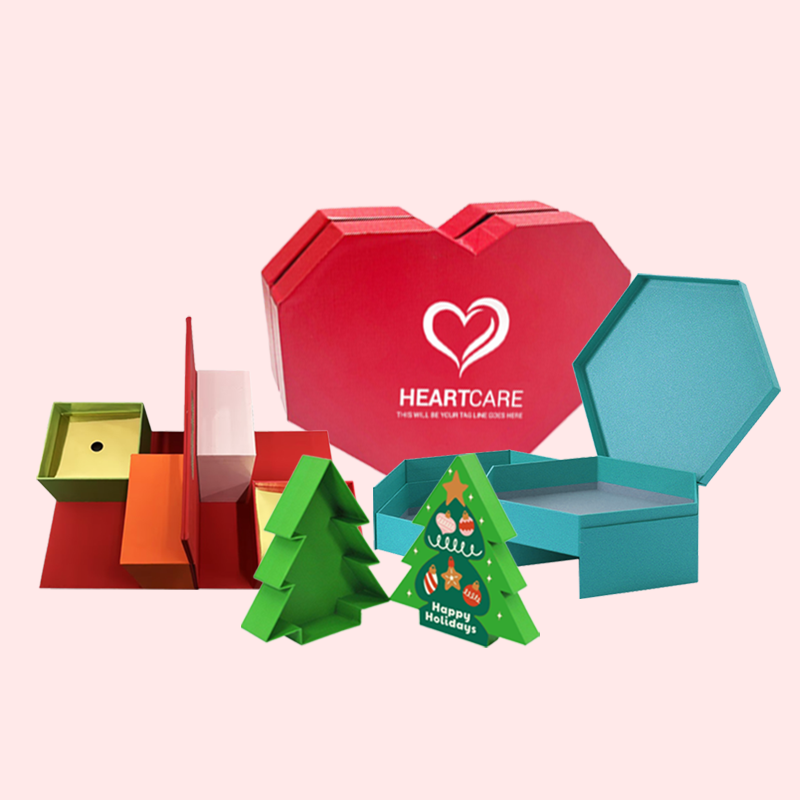Your brand is growing, but your packaging can't keep up. This inconsistency affects your brand image. Custom packaging that scales with you is the solution you need.
Growing brands need scalable custom packaging that balances cost, brand consistency, and production efficiency. Key elements include modular designs, sustainable materials, and a reliable supplier who understands your growth trajectory.
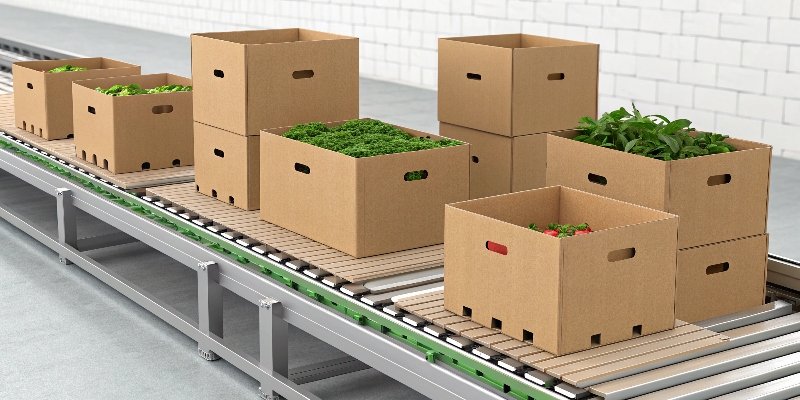
I've seen brands thrive and falter based on their packaging choices during growth. It is a critical moment. The right packaging is not just a box; it is a strategic asset that supports your expansion. It needs to work just as well for an order of 1,000 units as it does for 100,000 units. This is where many businesses face challenges. Let's explore how to get this right, step by step. I want to share my 16 years of experience to help you avoid common pitfalls and build a packaging strategy that truly works for your scaling business.
What are the factors to consider when designing your packaging?
Starting a packaging design feels overwhelming. So many details can go wrong, costing you time and money. Focus on these core factors for a successful design from day one.
When designing packaging, consider your target audience, brand identity, product protection needs, and budget. Also, think about sustainability and how the unboxing experience will feel for your customer. These factors guide all your design decisions.
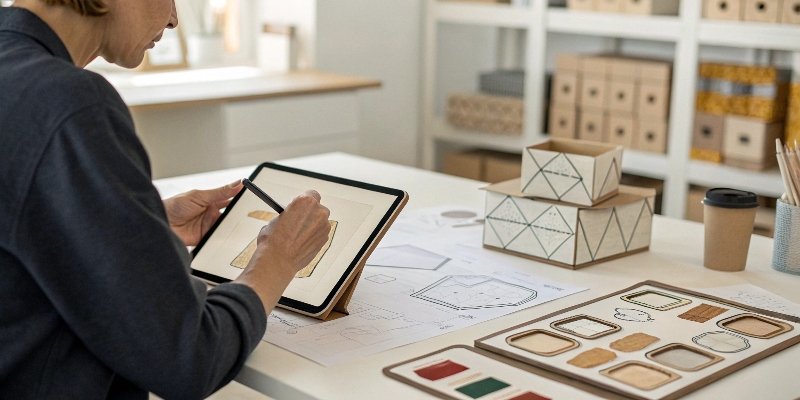
Over my 16 years in the industry, I've learned that great packaging design is a balancing act. It is never about perfecting one factor at the expense of others. Instead, you have to find a sweet spot where all the key elements work together. I once worked with a skincare brand that had a beautiful, complex box design. It was stunning, but the cost per unit was too high for their price point. We worked together to simplify the structure and use a different printing technique. We kept the premium feel but brought the cost down by 30%. This is a common challenge for many brands. You need a design that protects the product, represents your brand, delights the customer, and fits your budget.
Balancing Key Design Elements
To get this balance right, you have to ask the right questions from the start. Here is a simple breakdown I use to guide my clients.
| Factor | Key Question | My Advice |
|---|---|---|
| Target Audience | Who is buying your product? | Design for them, not for yourself. A minimalist design might work for a tech product but not for a children's toy. |
| Brand Identity | What is your brand's personality? | Your packaging is a physical representation of your brand. The colors, fonts, and materials should all tell the same story. |
| Product Protection | How fragile is your product? | The primary job of packaging is to get your product to the customer safely. Don't sacrifice protection for aesthetics. |
| Budget | What can you afford per unit? | Be realistic. Your packaging cost should be a small percentage of your product's total cost. Know this number early. |
| Sustainability | What is your environmental impact? | More customers care about this. Using recyclable materials or less packaging can be a strong selling point for your brand. |
What factors should a company consider when deciding to redesign its packaging?
Is your current packaging feeling outdated? It might be hurting your sales and brand perception. A redesign can be the answer, but you need to approach it strategically.
A company should consider a redesign when sales are declining, the brand is repositioning, or new sustainability goals are set. Also, look at competitor changes and negative customer feedback on the current packaging. These are clear signs it's time for an update.
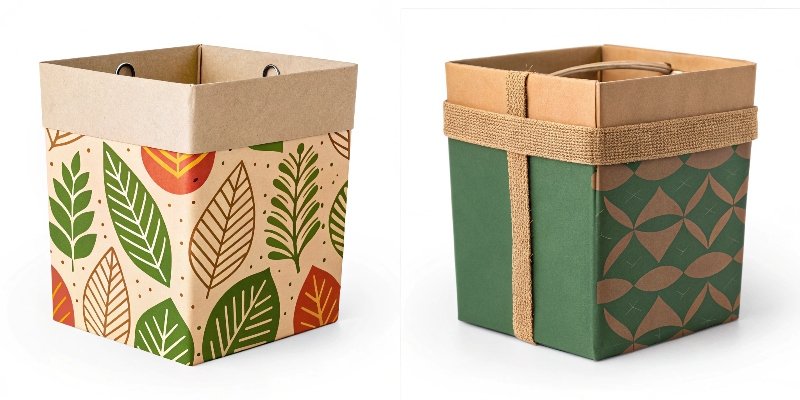
A packaging redesign is a powerful tool, but it is not something to do on a whim. The decision must be driven by clear signals from the market or your business strategy. I remember a client in the coffee business whose sales had gone flat. We looked at their packaging next to their main competitors on a store shelf. Theirs looked dated and tired. The new competitor had a fresh, modern bag that was getting all the attention. We worked on a redesign that used bolder colors and a cleaner layout. Six months later, their sales were up by 15%. This shows the direct impact a redesign can have. But you must also be careful. Changing your packaging too drastically can confuse loyal customers. You risk losing the brand recognition you have worked so hard to build.
Triggers for a Packaging Redesign
You should think about a redesign as a response to specific triggers. It is about evolution, not just change for the sake of change. Here are some of the most common reasons to start the redesign process.
- Falling Sales: If your numbers are dipping and your product has not changed, your packaging could be the problem. It might not be catching the customer's eye anymore.
- Brand Repositioning: Perhaps you are moving into a more premium market or targeting a new demographic. Your packaging must evolve to reflect this new direction and speak to the new audience.
- Competitor Activity: Always watch what your competitors are doing. If they launch new packaging that makes yours look old, you need to respond to stay relevant.
- Customer Feedback: Listen to your customers. Are they complaining that the packaging is hard to open, not protective enough, or wasteful? This feedback is a gift. Use it to make improvements.
- New Sustainability Goals: Many companies are making commitments to be more eco-friendly. A redesign can help you switch to recycled materials, reduce plastic, or create a more compact box to lower your carbon footprint.
How to make your own brand packaging?
Want unique brand packaging but don't know where to start? The process seems complex and expensive. But you can break it down into simple, manageable steps to succeed.
To make your own packaging, first define your brand and budget. Then, work with a designer to create a concept. Next, find a reliable manufacturer like us at Giftspack to produce a prototype. Finally, test it and move to mass production.
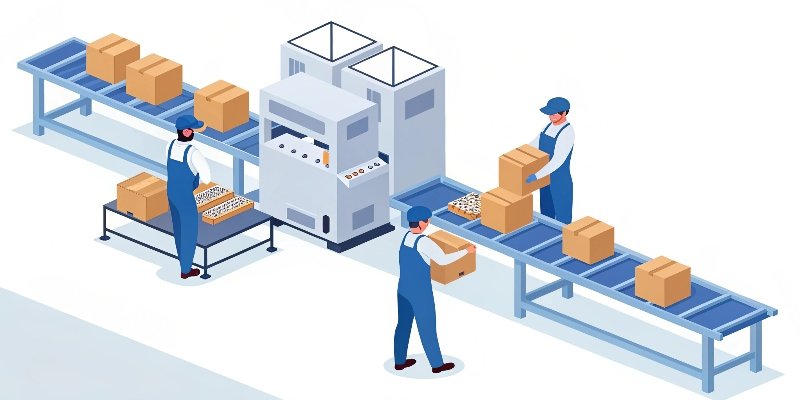
Creating your own packaging is one of the most exciting parts of building a brand. I've guided hundreds of entrepreneurs through this journey. The key is to follow a structured process. Don't try to do everything at once. Each step builds on the last. I've seen people get so excited about the graphic design that they forget about the structural design. They end up with a beautiful box that doesn't fit their product. I've also seen clients who tried to save money by skipping the prototype phase. One of them launched a fragile glass product in a new box without testing. A whole batch was damaged in shipping. Taking the time to follow each step properly saves you money and headaches in the long run.
A Step-by-Step Guide to Creating Your Packaging
- Define Your Requirements1. Before you do anything, you need a clear brief. What exact product is going inside? What are its dimensions and weight? Who is your customer? Where will it be sold? Answer these questions first.
- Set Your Budget2. Know how much you can spend per box. This will guide every decision, from the material you choose to the printing methods you use. Be realistic and include a small buffer for unexpected costs.
- The Design Phase3. This has two parts. First is structural design, which is the physical shape and construction of the box. Second is graphic design, which is the branding, colors, and text on the box. You need a designer who understands both.
- Find a Manufacturing Partner4. This is a critical step. You need a partner who understands your vision and can produce high-quality work consistently. I built my company, Giftspack, to be this kind of reliable partner for growing brands. Look for experience, good communication, and a commitment to quality.
- Prototyping and Testing5. Always, always get a physical sample before you approve mass production. Hold it in your hands. Put your product inside. Shake it. See how it feels. Mail it to yourself to simulate shipping. This step will reveal any hidden problems.
- Production and Quality Control6. Once you approve the prototype, you can move to the full production run. A good manufacturer will have quality control checks throughout the process to ensure every box meets the standard you approved.
What elements of product packaging should you focus on if you want to improve its design features?
Your packaging is functional but boring. It doesn't excite customers or stand out on the shelf. Focusing on a few key design elements can transform it completely.
To improve design, focus on material choice, typography, color palette, and the unboxing experience. Also consider adding unique finishes like embossing or foil stamping. These details elevate the perceived value and customer engagement.

Sometimes, small changes can make the biggest difference. You don't always need a complete overhaul to elevate your packaging. I often tell my clients to think about the sensory experience. What does the customer see, touch, and feel? That's where you can add "wow" factor. We once worked with a chocolate brand whose box was very simple. We didn't change the shape or the main graphics. We just added a soft-touch finish to the paper and used gold foil for their logo. The new box felt much more luxurious and premium. The cost increase was minimal, but the perceived value shot up. These details signal quality and care. They make the customer feel special and transform the packaging from a simple container into part of the product experience.
Elevating Your Design with Key Details
Focusing on a few specific elements can make your packaging look and feel more premium. Here are some of the most impactful features to consider.
| Design Element | What It Is | Why It Matters |
|---|---|---|
| Material & Texture7 | The paper or board you use and its surface feel (e.g., glossy, matte, soft-touch, textured). | The first thing a customer touches. A good texture instantly signals quality and can make your product feel more valuable. |
| Typography8 | The style and appearance of the printed text on your packaging. | A clean, well-chosen font makes your packaging easy to read and communicates your brand's personality, whether it's modern, traditional, or playful. |
| Color Psychology9 | The specific colors you choose and the emotions they evoke. | Colors have a powerful psychological impact. Green can signal natural or eco-friendly, while black often communicates luxury and sophistication. |
| The Unboxing Journey10 | The step-by-step experience of opening the package. | This is your chance to tell a story. Using elements like tissue paper, inserts, or a special reveal can create a memorable moment for the customer. |
| Finishing Touches | Special printing effects like embossing (raised), debossing (indented), or foil stamping. | These accents catch the light and add a tactile dimension. They are a simple way to make your packaging look much more expensive and special. |
Conclusion
Scalable packaging is vital for growth. By focusing on smart design, strategic redesigns, a clear creation process, and key details, your packaging will support your brand's success.
-
Understanding your packaging requirements is crucial for creating effective designs that meet customer needs. ↩
-
Setting a realistic budget helps you make informed decisions and avoid overspending on packaging. ↩
-
Learning about the design phase can help you balance structural and graphic design for better packaging. ↩
-
Choosing the right partner ensures quality production and aligns with your brand vision. ↩
-
Prototyping helps identify potential issues before mass production, saving time and costs. ↩
-
Effective quality control ensures that your packaging meets the standards and reduces defects. ↩
-
The right material can enhance the perceived value and quality of your product. ↩
-
Typography communicates your brand's personality and affects readability, making it essential for design. ↩
-
Understanding color psychology can help you evoke the right emotions and attract customers. ↩
-
A memorable unboxing experience can increase customer satisfaction and brand loyalty. ↩


